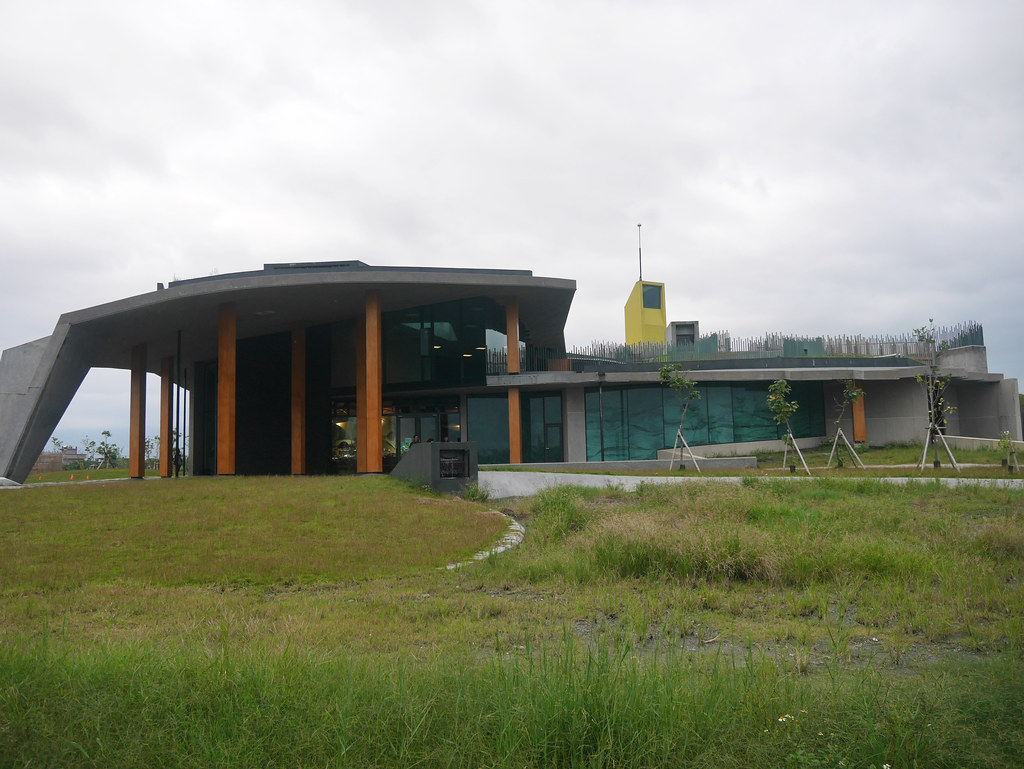Yilan County is a county in the Republic of China, located in northeastern Taiwan. It borders New Taipei City to the northwest, Taoyuan City and Hsinchu County to the west, Taichung City to the southwest, and Hualien County to the south, with the Pacific Ocean to the east. The county seat is located in Yilan City. The county comprises 1 city, 3 towns, and 8 townships (including 2 indigenous mountain townships), making a total of 12 administrative divisions. Yilan County is the birthplace of the traditional Taiwanese opera "Gezaixi," holding significant cultural importance.
Geography
The main plain of Yilan is the Lanyang Plain, surrounded by mountains on three sides and facing the Pacific Ocean (Philippine Sea) to the east. The plain is formed by the alluvial deposits of the Lanyang River, making its soil highly fertile. As a result, it is often considered part of eastern Taiwan. During the Japanese colonial period, the completion of the Yilan Line railway provided convenient transportation, and Yilan was incorporated into Taipei Prefecture. Since the opening of National Freeway No. 5 in 2006, travel time between Yilan and Taipei has been significantly reduced to under an hour.
In the southern part of Yilan County, the Nan'ao Township is mountainous and borders Hualien County. The Suhua Highway, which traverses this region, serves as the main transportation route. The western boundary of Yilan is marked by the Xueshan Mountain Range, including notable peaks such as Xueshan and Dabajianshan. It connects to Fuxing District in Taoyuan City, Jianshi Township in Hsinchu County, and Heping District in Taichung City, providing access to destinations like Lishan and Wuling Farm.
To the east lies the Pacific Ocean. Along the coastline from the Dezike River estuary to the Lanyang River estuary are stretches of sand dunes. Due to their resemblance to snakes and the offshore Guishan Island’s turtle-like shape, the phrase "Turtles and Snakes Guarding the Estuary" emerged. According to local folklore, this geomantic arrangement protects the Lanyang Plain, fostering its abundant resources.
The commercial hub of Yilan County is Luodong Township, the most densely populated urban area. Meanwhile, Yilan City has the largest population in the county and serves as the administrative center, hosting the Yilan County Government. These two cities are located on the north (Yilan City) and south (Luodong Township) banks of the Lanyang River, forming the core areas of their respective regions.
Climate
Yilan has been known for its rainy weather since ancient times. A Taiwanese proverb, “Bamboo Winds and Lanyang Rains,” highlights the windy conditions in Hsinchu and the rainy climate in Yilan. The Lanyang Plain is surrounded by mountains on three sides and opens to the ocean in the east, forming a basin-like topography prone to orographic rainfall. During winter, the northeast monsoon blows from the eastern sea, often bringing persistent rains for months, a unique weather pattern in Yilan. Additionally, during the plum rain season in spring, light rains can last for months, reinforcing the “Bamboo Winds and Lanyang Rains” impression.
The autumn and winter climates of northern and eastern Taiwan are characterized by "Bamboo Winds and Lanyang Rains." The wind zone extends from Miaoli County to New Taipei City, while the rain zone stretches from New Taipei City to Yilan County, with their boundary around Sanzhi and Shimen.
Flood-Prone Areas
Yilan County is home to several flood-prone areas, including Wuyuan, Zhenzhu, Sandu, Buchengdi, Wushierjia Wetland, Wujie, Zhuangwei, Shichao, and the urban areas of Yilan City, Luodong Township, and Jiaoxi Township. These areas, due to their low-lying terrain or limited drainage capacity, are especially prone to water accumulation during heavy rainfalls.


































